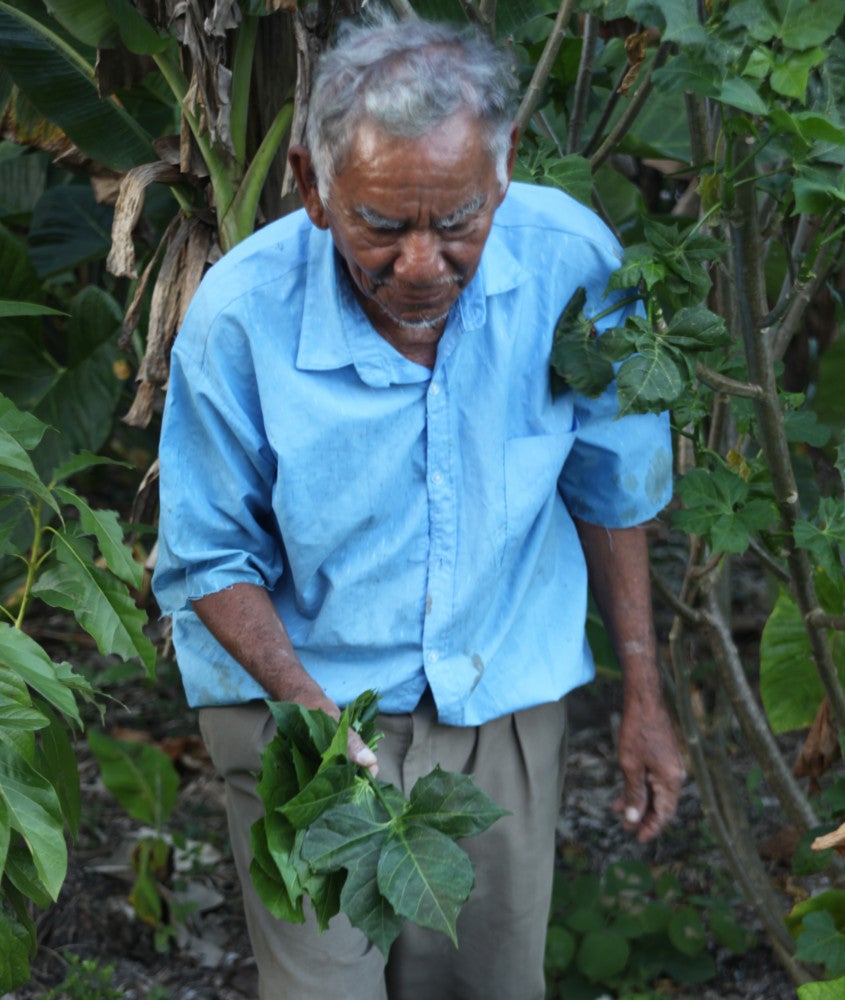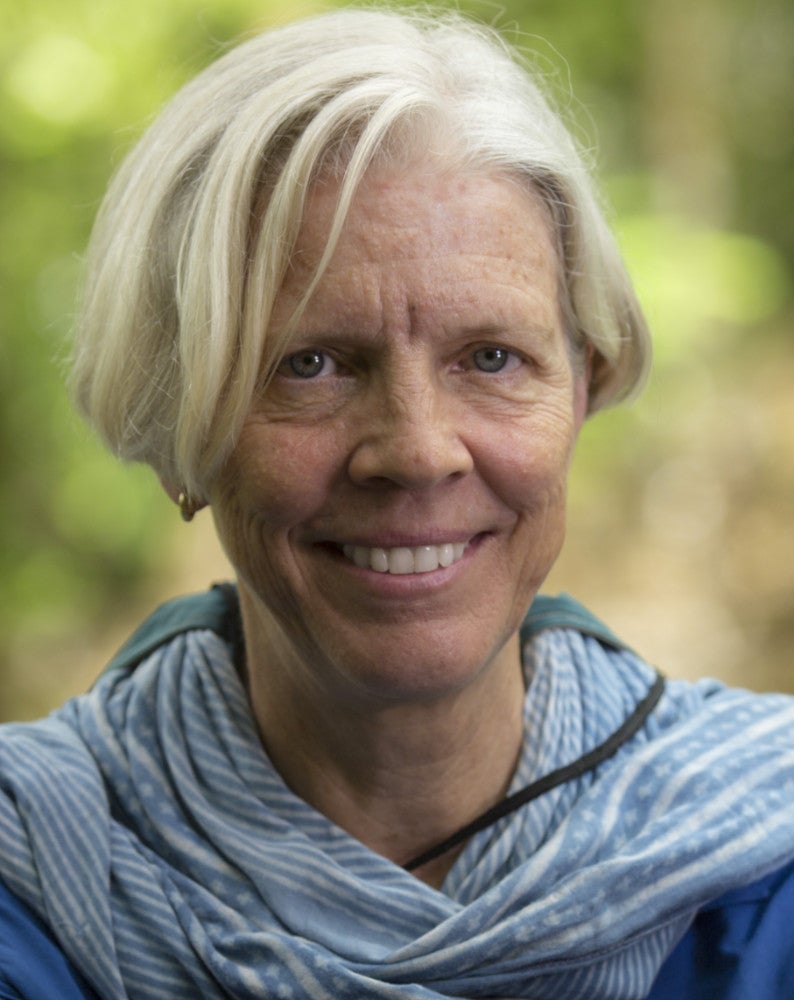
A Leafy Lifeline

The ancient Maya ate well, blessed as they were with forests teeming with edible plants, insects and game. Isotope analysis of collagen of human bones has led researchers to infer that the Maya consumed significant amounts of maize for carbohydrates and white-tailed deer for protein.
New research, led in part by a UC Santa Barbara archaeologist who has studied Maya food ways for decades, suggests that chaya (Cnidoscolus aconitifolius) also may have been an important source of protein for the indigenous people.
In addition, the findings also “call for a recognition of the diversity of the food sources that made up the Maya diet and not to take such a simplistic view of the contributors to the diet,” said Anabel Ford, a research anthropologist and director of the MesoAmerican Research Center at UCSB.
In their paper, Ford and her co-authors — Henry Schwarcz, a professor emeritus in the School of Earth, Environment and Society at McMaster University in Ontario, Canada, and Anil Kumar of the Indian Grassland and Fodder Research Institute — analyzed stable isotopic values of carbon (C) and nitrogen (N) in ancient Maya remains.
They note that levels of C have been interpreted as an indicator of consumption of plants like maize and amaranth, although there is evidence of diverse plant consumption in the Maya diet. Noteworthy, high levels of N point to the significant consumption of protein. Previous scholars, they write, “inferred that the principal source of protein for the Maya was the flesh of terrestrial animals, principally white-tailed deer.”
Enter chaya, a plant widely cultivated by modern Maya. Also known as “tree spinach,” it has a high protein content and, the team says, is a clear candidate as a source of protein in ancient Maya diets.
“We propose that chaya was an important source of protein in the ancient Maya diet,” the researchers write.
The paper notes that the Maya ate legumes, including beans, which have fairly high protein content — 19.4% to 24.8%. Chaya leaves, on the other hand, have about 30%, higher than any other plant food known for the Maya and comparable to the protein content of animal flesh. And, unlike beans, “the protein of chaya is complete and contains all essential amino acids in adequate dietary proportions,” the authors wrote.
Schwarcz, whose lab did all the isotope and chemical analyses, said the scholars aren’t arguing that chaya supplanted deer as a protein source. That would require more data.
“The point of the paper,” he said, “was to show that it would have been possible for the Maya to obtain sufficient protein this way and that doing so would be consistent with the nitrogen isotope evidence that is widely known for the Maya.”
Ford, who found the ancient Maya city of El Pilar in 1983 and has been studying and working to preserve it ever since, is a proponent of chaya and its health benefits. Each year when the Santa Barbara Permaculture Network hosts its seed swap, and Ford brings cuttings of chaya — its the seeds aren’t viable — which is easily grown from cuttings. There is a growing presence of chaya in home gardens now, according to Ford.
“It turns out I am a major source of chaya in the region and get calls and requests from all over the country,” she said. “I will continue to promote chaya as a vital perennial vegetable that has a full list of medical benefits for proven health problems from anemia, osteoporosis, diabetes, heart problems and more.”
“The Green Deer: Chaya as a Potential Source of Protein for the Ancient Maya,” will appear in print in the December 2021 issue of the journal Latin American Antiquity; the article is open source and freely available online now, because of the support of UCSB library.



